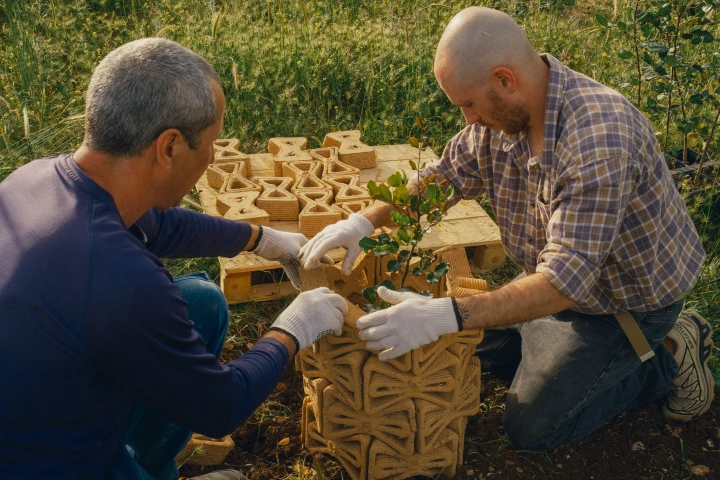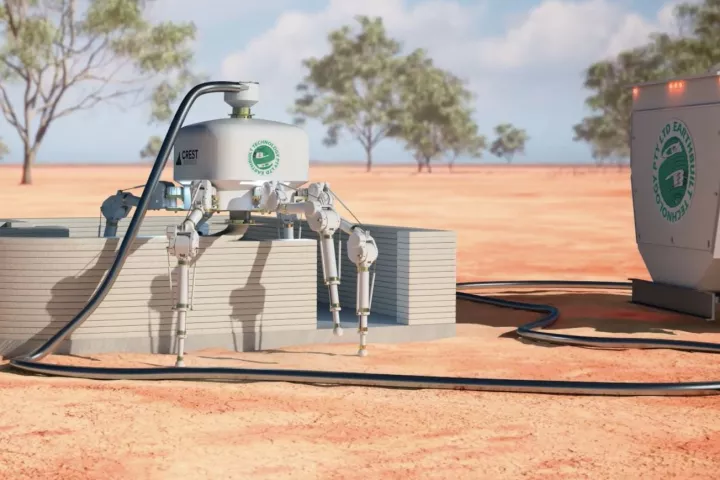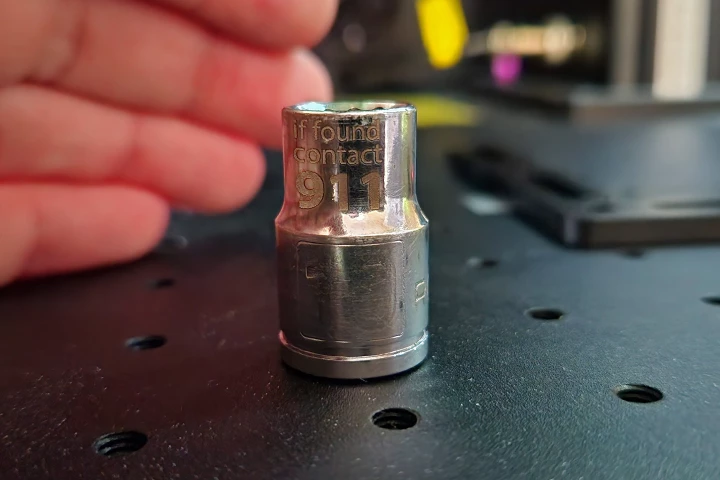3D Printing
-
This year has produced more than its fair share of fantastic buildings. From a house that was 3D printed using soil, to an upcoming megatall skyscraper, here's our selection of the best architecture from the past 12 months.
-
Described as Europe's largest 3D-printed housing project, the Skovsporet development is currently underway in Denmark. A total of 36 student apartments have been built with remarkable speed, with more than one apartment per day printed.
-
Commercial spaceflight is booming and looks to go into full-on kaboom stage in the near future, sparking the need for an ever-increasing supply of solar panels. To fill this need, Dcubed is developing its ARAQYS system to manufacture arrays in orbit.
-
In a major breakthrough in human tissue replication, for the first time ever a 3D-printed cornea has been transplanted onto a legally blind patient's eye, successfully restoring their sight.
-
Although we've heard a lot about how 3D-printing concrete homes speeds up the construction process, you still have to wait up to 28 days for the concrete to sufficiently cure. A new printable substitute, however, is ready to go in just three days.
-
A new project called TreeSoil is reimagining how architecture can support vulnerable environments. It proposes a small but radical idea: build structures not for people, but to protect saplings struggling to survive in degraded landscapes.
-
Xlaserlab's E3 is a fast, ultra-detailed UV galvo laser that makes engraving clean and easy with the help of AI and computer vision – no soot, no warp, and no "oh no, it's on fire again!" moments.
-
3D-printed architecture has evolved at lightning speed – and the pace shows no sign of slowing down anytime soon. A recent example of this is a non-towable tiny house that was printed in just one week.
-
3D-printed bike saddles in general are known to be comfier than their regular counterparts, but they should become even more so if they're made to order. That's the thinking behind the Personomic saddle, which is printed to fit the butt of each individual cyclist.
-
Construction robots have been around for a while. The new kid on this block is called Charlotte, and it's billed as being autonomously capable of building a 2,150-sq-ft home in a single day – operating at roughly the speed of 100 bricklayers.
-
This was my first time jumping into laser engraving, so I went in as a complete noob. I have a fair bit of 3D printing and Cricut experience, so I figured laser engraving would be a snap. Turns out, it is.
-
Driving 1,000 miles of public road to set five official production car lap records in five consecutive days is no mean feat. Certainly not for a car that has 3D-printed and machine-designed components. Well, the Czinger's 21C is just built different.
Load More











